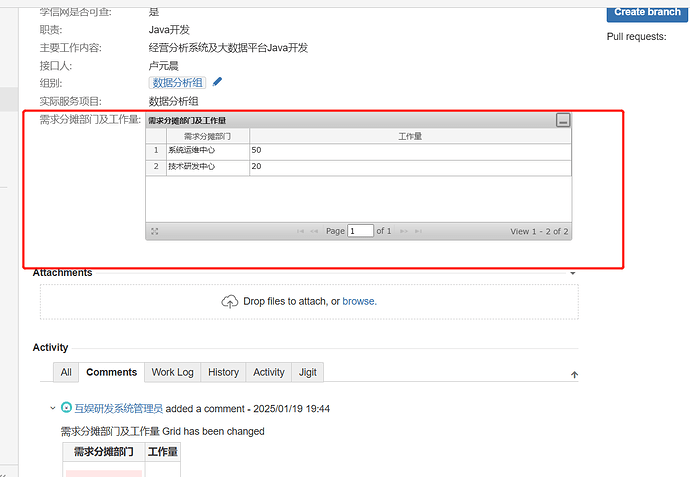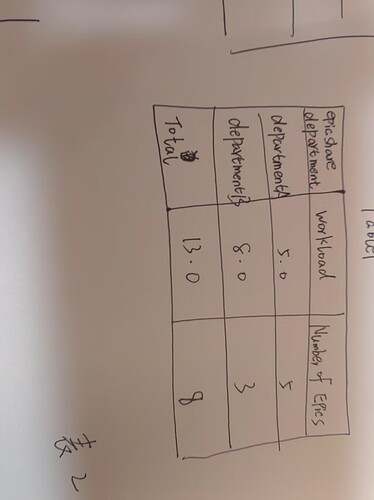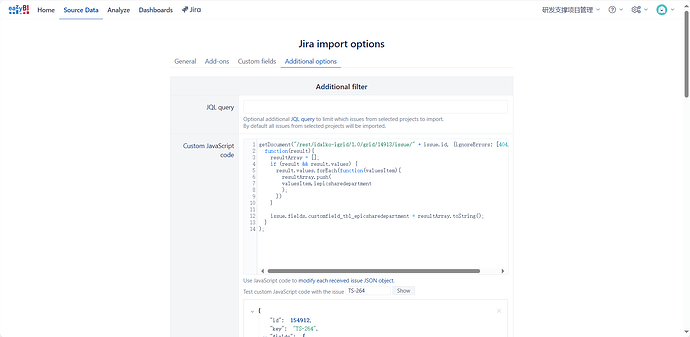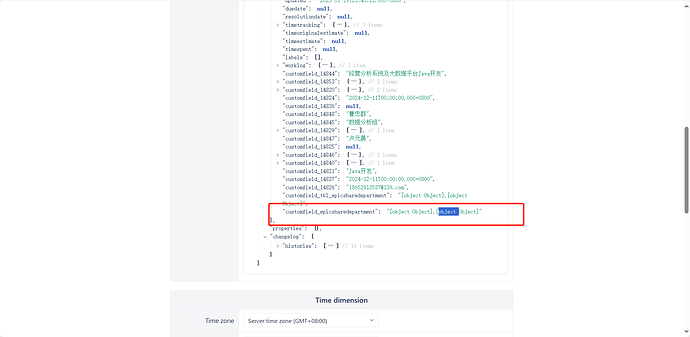Hi @Tanu,
Currently, eazyBI doesn’t have an integration with the iDalko Table Grid Editor custom fields. Please have a look at the full list of the Jira apps eazyBI has integration out of the box on the eazyBI documentation page - Data from Jira apps.
There is a workaround on how to import each column as a multi-value dimension. It involves defining the import parameters in the eazyBI advanced settings, defining a JavaScript calculated custom field for each column from the table. Please read more on the eazyBI JavaScript calculated custom fields here - Global calculated fields.
Please have a look at the picture below:
This is the configuration I will use in the example import. I will try to import the “Summary” column as a dimension. For that, we will use a REST API call bellow:
JIRA_BASE_URL/rest/idalko-igrid/1.0/grid/AAAAA/issue/NNNNN
Where AAAAA is the ID of the Table Grid editor custom field and NNNNN is the ID of each Jira issue the field is in.
Please add the code below to the eazyBI advanced settings:
[jira.customfield_tbl_summary]
name = "Tbl Summary"
data_type = "string"
dimension = true
multiple_values = true
split_by = ","
javascript_code = '''
getDocument("/rest/idalko-igrid/1.0/grid/AAAAA/issue/" + issue.id, {ignoreErrors: [404,400]},
function(result){
resultArray = [];
if (result && result.values) {
result.values.forEach(function(valuesItem){
resultArray.push(
valuesItem.isummary
);
})
}
issue.fields.customfield_tbl_summary = resultArray.toString();
}
);
'''
Make sure to replace AAAAA with the ID of the Table Grid custom field. Also, change the line valuesItem.isummary to the columns ID. You can see the ID when you edit the custom field in Jira. Please have a look at the picture below:
Update the eazyBI advanced settings and select the custom field for import in the eazyBI import options “Custom fields” tab.
We do have an improvement regarding the integration with Table Grid editor on our backlog. I added your vote to it. In the meantime, let me know if you have any questions about the proposed workaround.
Best,
Roberts // support@eazybi.com






